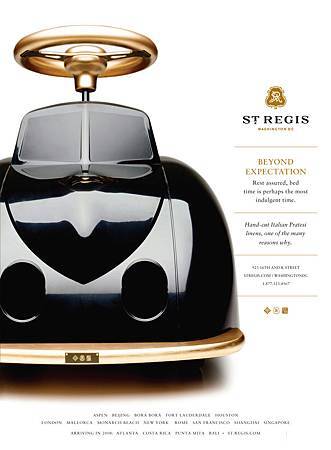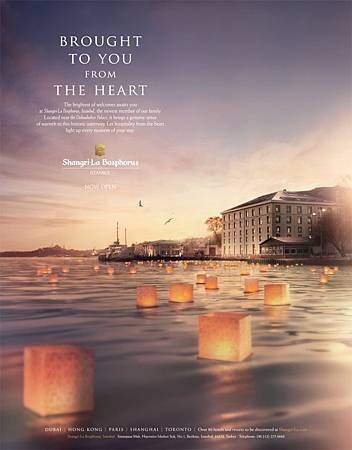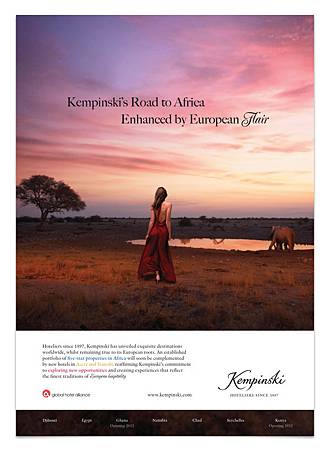擁有千年歷史的日本古都京都,是遊客永遠去不膩的城市,如果你是第一次去,絕對不能錯過京都的世界遺產清水寺、伏見稻荷大社…等,假使已經是京都通,不妨試試深度的歷史文化旅遊方式:和服體驗、和藝伎交流,以及坐禪體驗等。」(內文含 F.I.TV HD報導影音)
@京都最富盛名的清水寺
清水寺為棟樑結構式寺院。正殿寬19米,進深16米,大殿前為懸空的"舞臺",由139根高數十米的大圓木支撐。寺院建築氣勢宏偉,結構巧妙,未用一根釘子。寺中六層炬木築成的木台為日本所罕有。
寺內有近30棟木結構建築物,有正殿、鐘樓、三重塔、經堂、地方神社、成就園等。正殿列為日本國寶級文物。它依山而起,殿頂鋪有數層珠形的檜樹皮瓦。
舞臺的建築,巍峨地聳立於陡峭的懸崖上,景色自是美妙,以至日語裡誕生出一條成語來:"從清水的舞臺上跳下去",用來形容毅然決然地做某一件事。從"舞臺"放眼望去,大半個京都的景色盡收眼底。如天氣晴朗,還可以遠眺大阪。殿旁有一眼清泉,被稱為金水,傳說,掬飲金水就能一切如願。
寺內另外16棟建築也屬國家重點檔,其外形各具特色,與正殿相映成趣。寺中的音羽瀑布,流水清洌,終年不絕,被列為日本十大名泉之首,清水寺之名也由此而來。
在清水寺音羽瀑上方是奧之院所在地,這也是清水寺最初的發源地,傳說在8世紀的奈良時代,當時的延鎮上人,夜夢觀音指示在瀑布處築盧隱居,雕刻千手觀音像就地安奉,現在的奧之院乃是1633年修建,其設計仿照清水寺本堂,這裡的景觀也非常好,能俯瞰整個京都市.本堂內供奉國寶級 京都七觀音’ 之一的千手觀音, 又稱 ‘清水型’, 這尊"秘佛"每33年才開帳一次, 上次是2000年,下次應是2033年,由於是難得一見,故而日本人說 : “一生如能看三次是大福”.
全年超過400萬人造訪,為京都最受歡迎的觀光地點。春天的櫻花和秋天的紅葉季節景色可稱是絕景。造訪的時間點不同,景色也完全不同,能感到空氣清淨的早上,一望無際的晴朗景色的白天,全部金黃色景色的黃昏,也有燈火照明充滿幻想空間的夜晚。
@近距離接觸的藝伎
在京都祇園,偶爾會遇上打扮古雅的舞妓,但她們只會匆匆而過,我們難以留住其身影,畢竟只是路過的遊客,不是她們的貴客。據說要邀請兩位舞伎加一位藝伎到場表演和娛賓兩小時,市價至少200,000日元起跳,一般民眾根本付擔不來。
不過,祇園區有一料理店,叫做「祇園畑中」,定期舉辦「親民版」的舞伎飯局,以歌舞遊戲、演譯傳統歌舞文化之美,在可容納三十人的大廳招待來自四方八面的嘉賓,讓從未近距離接觸舞伎者有機會近身接觸,他們除了表演外,還會逐桌與客人面對面談話,高潮則在於與藝伎舞伎的遊戲,通常能賓至如歸。
@坐禪體驗
妙心寺春光院是大本山妙心寺建築物的一部分。雖然通常不對外開放,但這間寺廟提供用英文講解的禪修課,訪客能在此體驗禪修。帶領靜坐課程的住持 Takafumi Kawakami 曾在美國研讀宗教和心理學,說一口流暢的英文,他以親切輕鬆的態度,開示的內容既深邃又平易。通常春光院每日有三場靜坐課程 (每場約一個半小時)。
走進靜坐的榻榻米間,坐定後,住持先點了一柱香,即刻切入重點,用流水潺潺的速度為大家道出練習禪坐的幾點提醒。他首先提到,禪坐並不是什麼神秘經驗,也不是為了追求或達成什麼目標。禪是回到當下,禪坐是回到當下的練習,落實在日常生活中。
@和服町屋體驗
「富田屋」在京都已經有120年歷史的町家,從前是商號,進行布匹以及和服腰帶的買賣,建築的保存狀態非常良好。訪客進去後先換下鞋子進入大廳,這是過去做生意的場所;這裡空間很大,有專人會在這裡替遊客服務,在此先進行和服體驗。
換好和服後,開始往町屋內部走去。剛換和服的大廳旁就是個庭園造景,從兩側長廊可看到不同景致。屋內的每個庭園造景都會隨季節不同而有多樣的景觀。內部約有三層,就像「鰻魚的寢床」,非常寬廣且深長,只路過門面的話很難想像。穿著和服後,會有專員進行完整的町屋導覽,包括町家歷史、設計背景,再進行茶道體驗。
@健行好景點
許多觀光客造訪的伏見稻荷大社。許多人只注意許多鳥居並排的「千本鳥居」光景,但其實稻荷山全體是伏見稻荷大社的神域。山上有茶屋及展望景點,越靠近山頂就越深入自然。
天氣晴朗時是絕好的健行景點。下次不妨以健行為主來此造訪一下?
Luxury Kyoto tour
@Kiyomizu-dera
Located halfway up Otowa Mountain in the eastern part of Kyoto City, Kiyomizu-dera is a historic temple that was established in 778, even before Kyoto became the capital of Japan.
The Main Hall (Hondo) of the temple is designated as a national treasure. The temple has many other important cultural properties including the Deva gate, west gate, three-storied pagoda and bell tower. In 1994, it was registered on the UNESCO World Cultural Heritage List as one of the Historic Monuments of Ancient Kyoto.
The two most famous places of the temple are the Main Hall, where the Eleven Headed and Thousand Armed Kannon Bodhisattva - which is famous for the power of answering prayers - is enshrined and Kiyomizu Stage, which is the veranda of the Main Hall extended over a precipice.
Kiyomizu Stage was built using a special method; huge 12-meter high keyaki (Japanese Zelkova) pillars were assembled without using a single nail and the floor was installed using more than 410 cypress boards. The View of the city center of Kyoto from the Stage is magnificent.
@Tondaya
Tondaya is a kimono wholesaler by Tanaka family for generations. Due to the Battle of Toba-Fushimi in1868, Tondaya had to move to Nishijin, where a kimono industry was growing, and built the existing house in 1885. The house consists of a workshop front and living space in the rear, which is a typical large-scale kimono wholesaler during the Meiji Era. Small interior gardens, a tea room, and annex for Noh performances were incorporated. The interior design of the house possesses aesthetic simplicity, and the materials used in its construction were carefully selected by the original owner.
Tondaya was registered as National Cultural heritage in 1999 and also as Structure of Landscape Importance in Kyoto in 2007.Now they have a great time enjoying yourself participating in activities such as the tea ceremony, dressing in kimono's and other interesting things in this historical "Machiya".
@ Fushimi -Inari shrine
This intriguing shrine was dedicated to the god of rice and sake by the Hata clan in the 8th century. As the role of agriculture diminished, deities were enrolled to ensure prosperity in business enterprises.
The magical, seemingly unending path of over 5000 vibrant orange torii gates that wind through the hills behind Fushimi Inari-taisha Shrine makes it one of the most popular shrines in Japan. The walk around the upper precincts is a pleasant day hike. It also makes for a delightfully eerie stroll in the late afternoon and early evening, when the various graveyards and miniature shrines along the path take on a mysterious air.
@ Shunkoin Temple Zen
Learn how to adapt Zen Buddhist philosophy and meditation (mindfulness) and how to improve your EQ (self-awareness, self-control, social awareness, social management, attention, and outlook) with neuroscience and psychology. It is important for your future outcomes to improve your EQ (emotional intelligence). Also, learn the main philosophy of Japanese style hospitality, Omotenashi, with a cup of tea.
Imagine the good you could do for yourself and others by learning and practicing Zen mindfulness.
The fee is 2,500 yen/person for the meditation class and tour (with maccha green tea and Japanese stweets)
*This temple is a private temple. Open for scheduled meditation classes and staying guests at our guest house only to keep the calm atmosphere for our visitors for Zen meditation class and staying guests.
Facing the Yasaka Jinja shrine,completed by the Kodaiji temple from behind,Gion Hatanaka is the elegant and peaceful successor to the heritage of Higashiyama. We are an oasis of the mountains respite, nestled in the midst of a city. Standing silently and wordless,Gion Hatanaka hopes to show you the beauty of the Higashiyama people, which has lasted here unbroken since ancient times.
There are 2 types of traditional Kyoto dining.Shakaiseki, which was enjoyed with green tea,and Kaiseki which was designed to complement sake.They draw influences from the vegetarian diets of Buddhist monks,as well as the tastes of gentrified socialites.
They have maiko performers that can provide drink services accompanied by a shamisen player. (80,000 yen for the pair). One session is 2 hours long and usually takes place from 6 to 8 pm.
旅行 travel together 專題旅遊組
責任編輯: Jacky Yang (Taipei)
文: Cathy Chao (Taipei)
影音、攝影: Jacky Yang (Taipei)
影片後製:Kenneth Wang (Taipei)
※良好印象旅遊免責聲明※
【本篇文章是由觀光單位與旅行社邀約,前往實地拍攝,所有圖片與影音為專業記者撰寫,純新聞發佈,旅遊行程為個人觀感,為表公正不做評論與背書,本圖片是良好印象實地採訪拍攝】
協力(Special thanks)
ILTM JAPAN、京都City of Kyoto and Kyoto Convention & Visitors Bureau
酒店(Hotels)
京都麗思卡爾頓酒店(The Ritz-Carlton,kyoto)p.s.push the link to the Hotel's page
京都大倉酒店(Kyoto Hotel Okura)p.s.push the link to the Hotel's page
交通
JR新幹線
文章採訪: 2016 Kyoto 京都



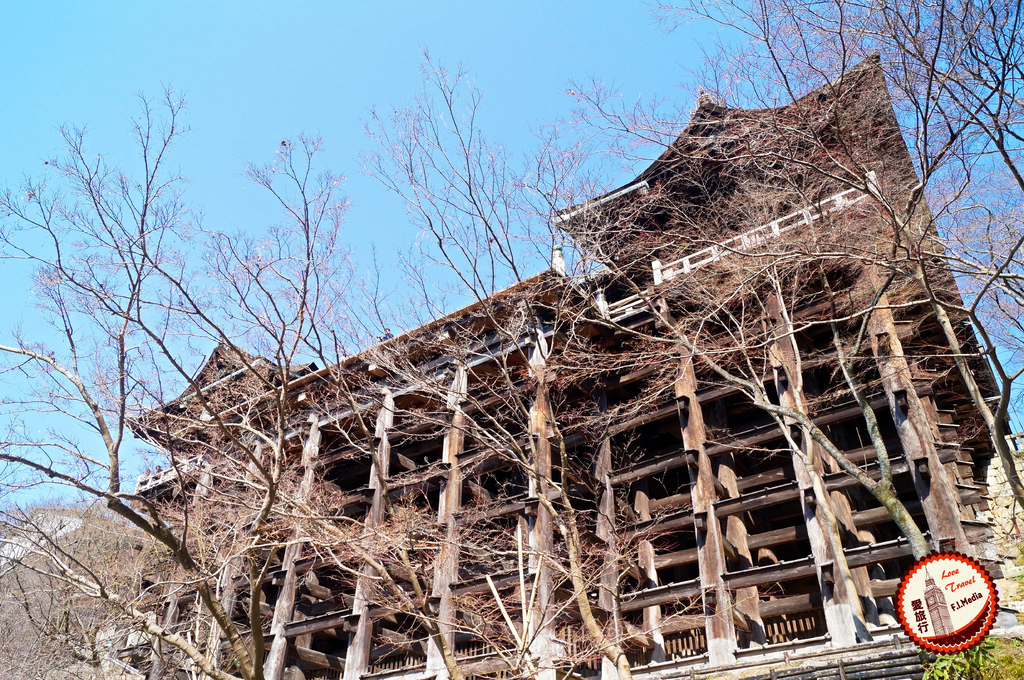



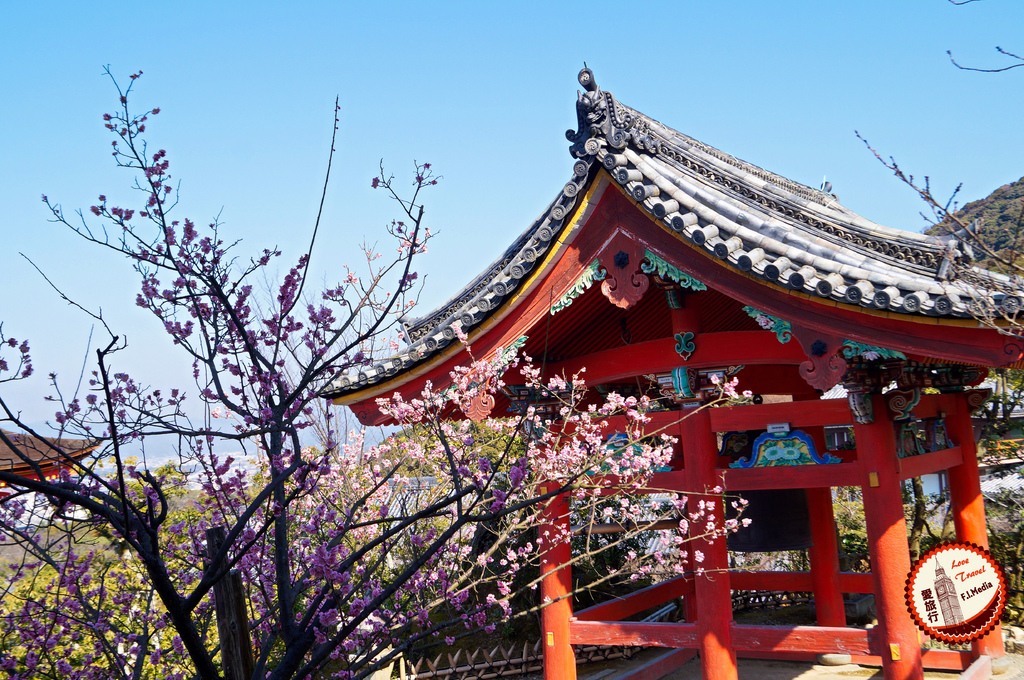


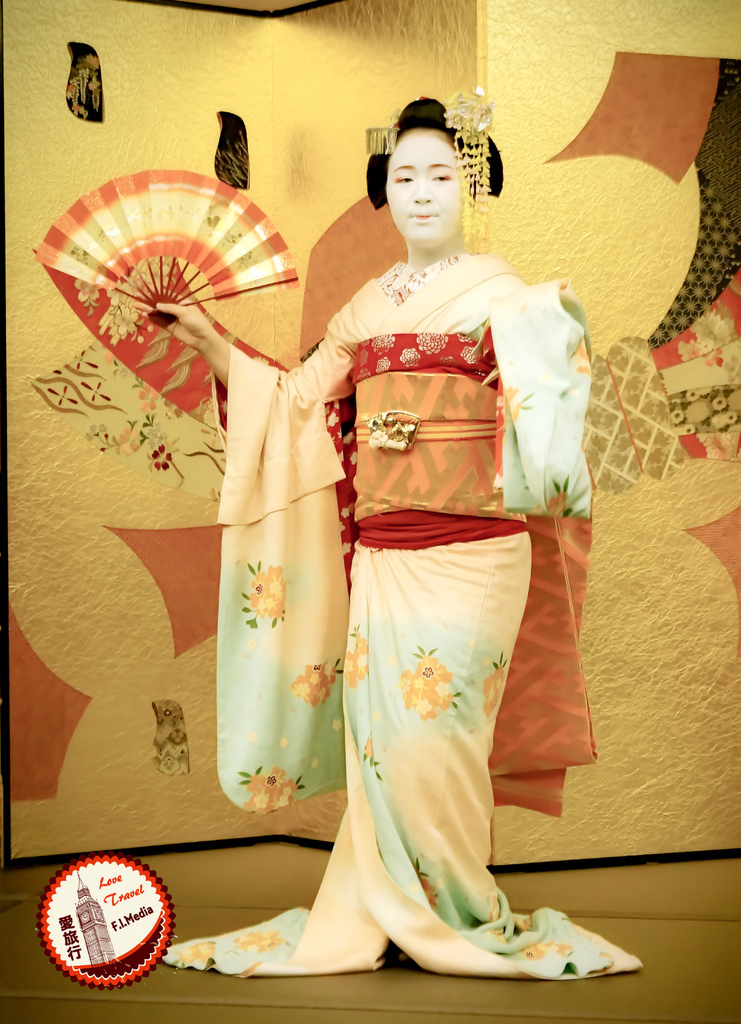
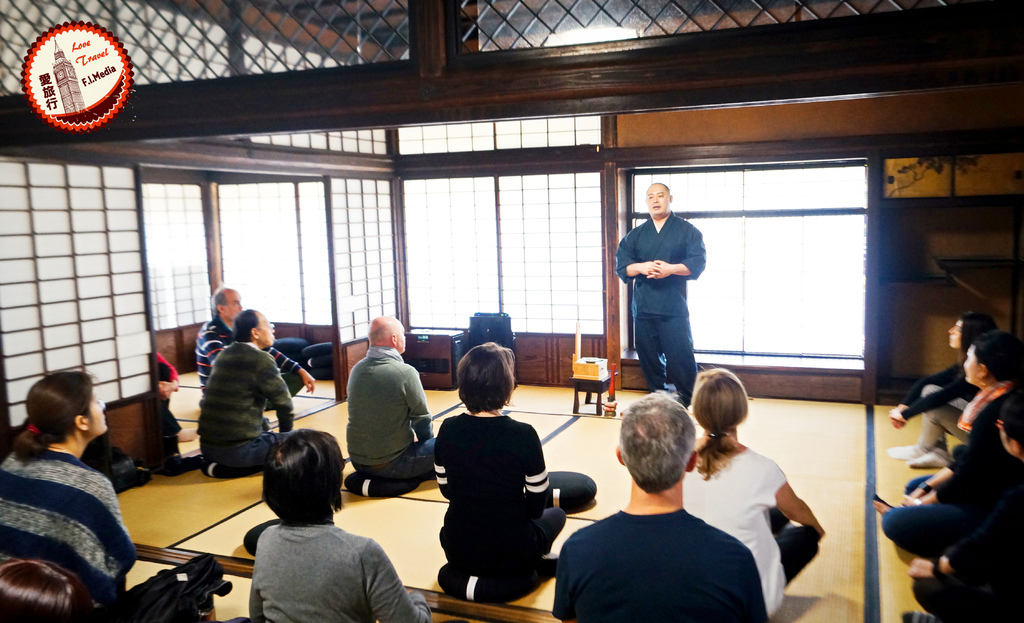
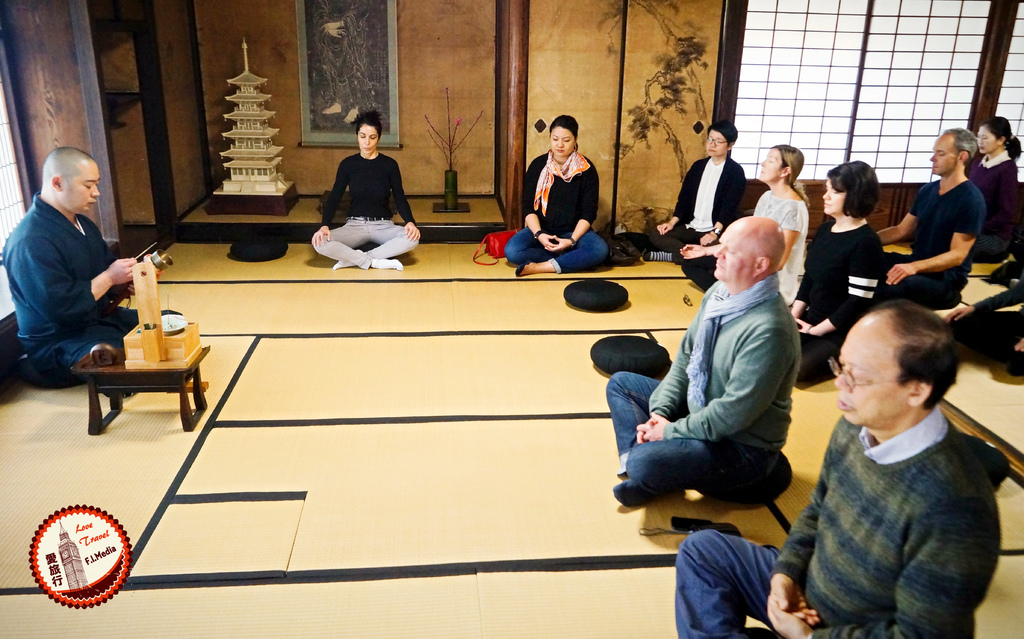



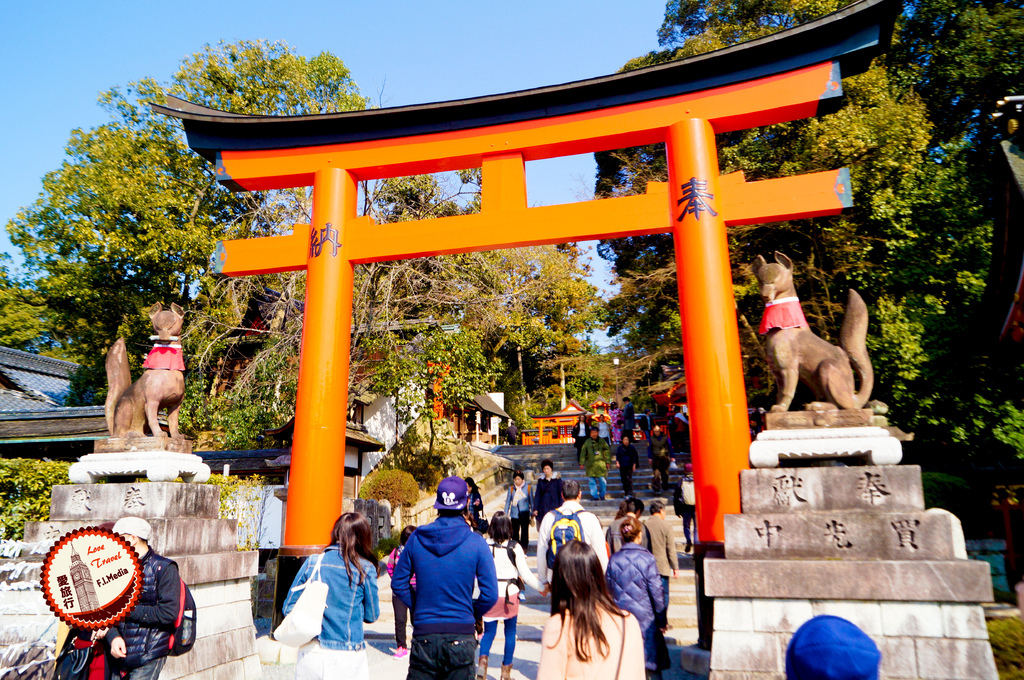

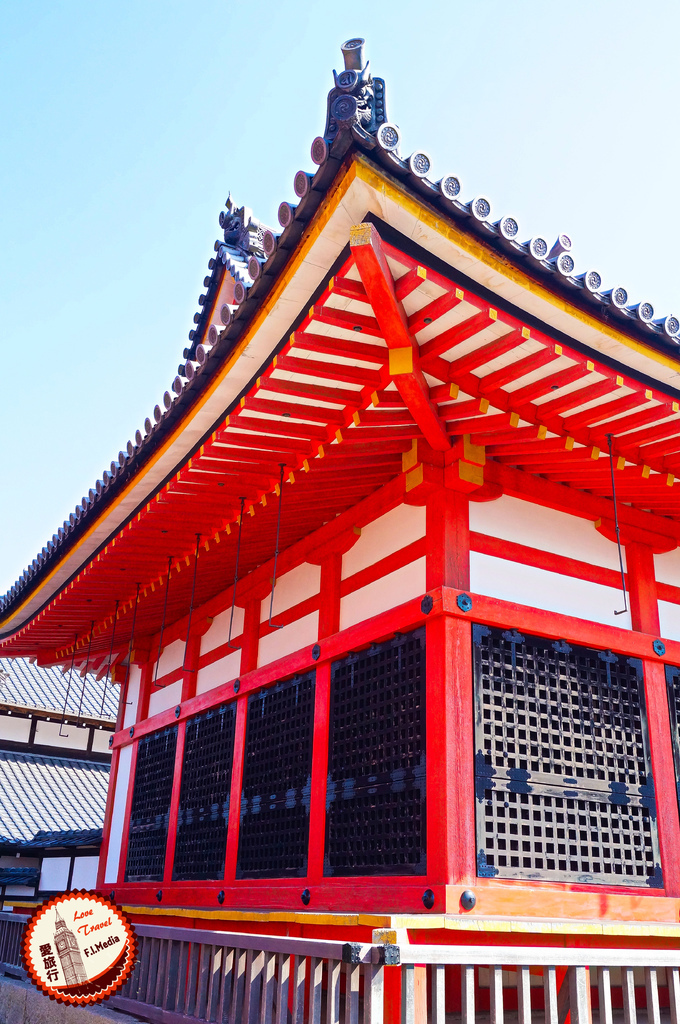






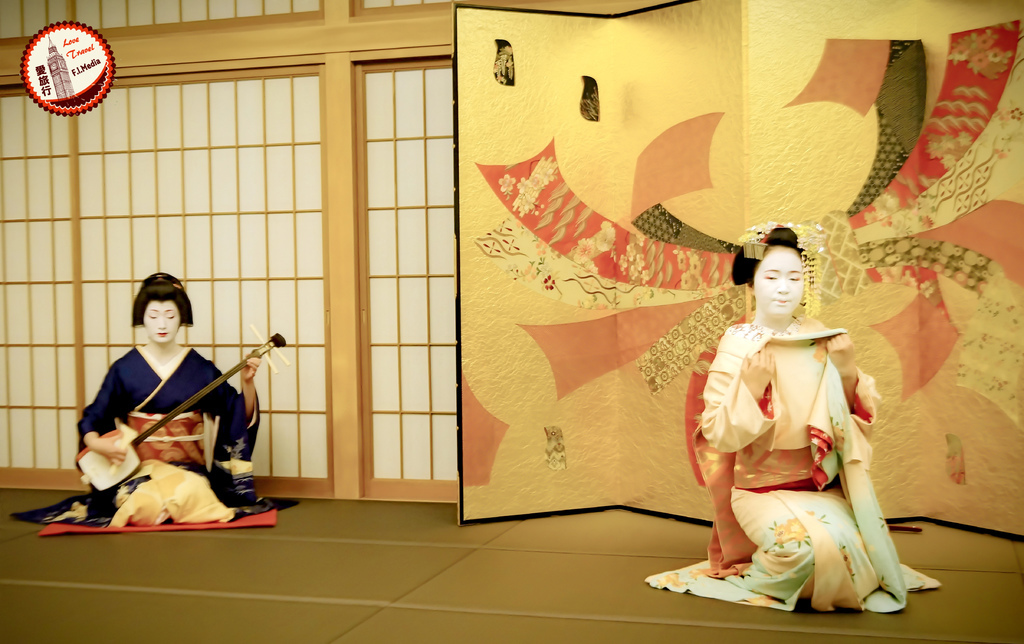
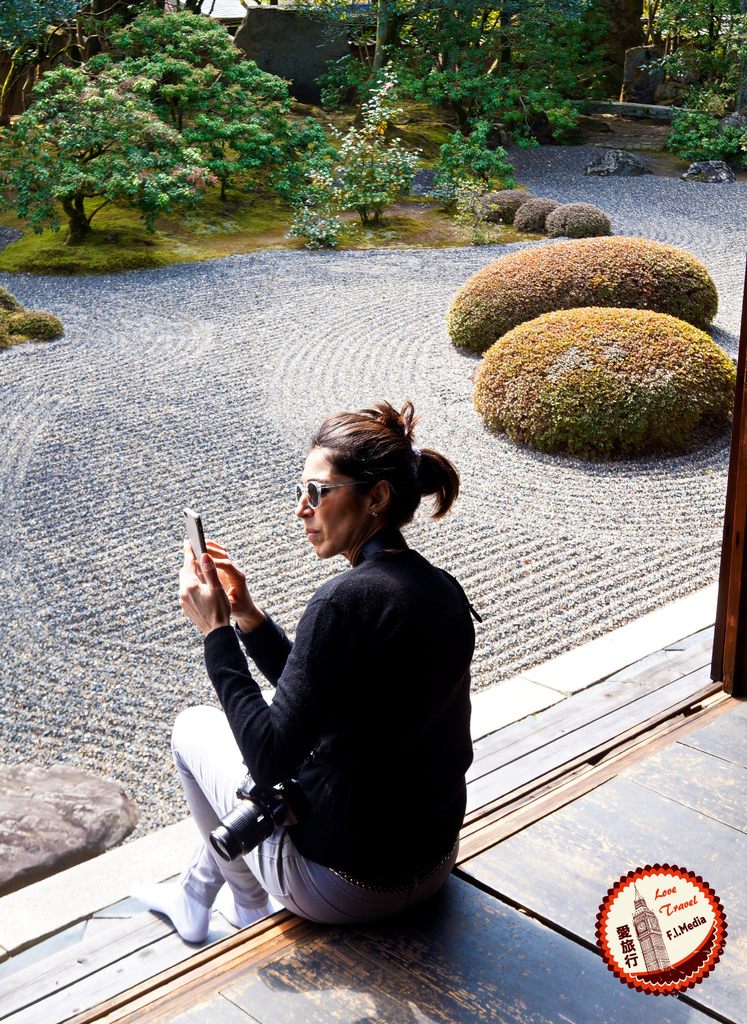







 留言列表
留言列表
 {{ article.title }}
{{ article.title }}
